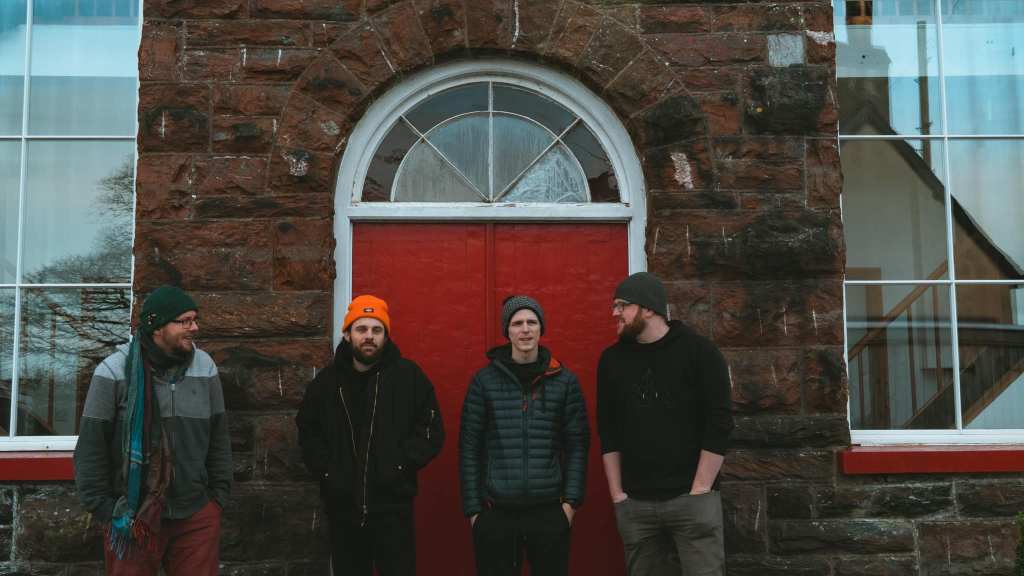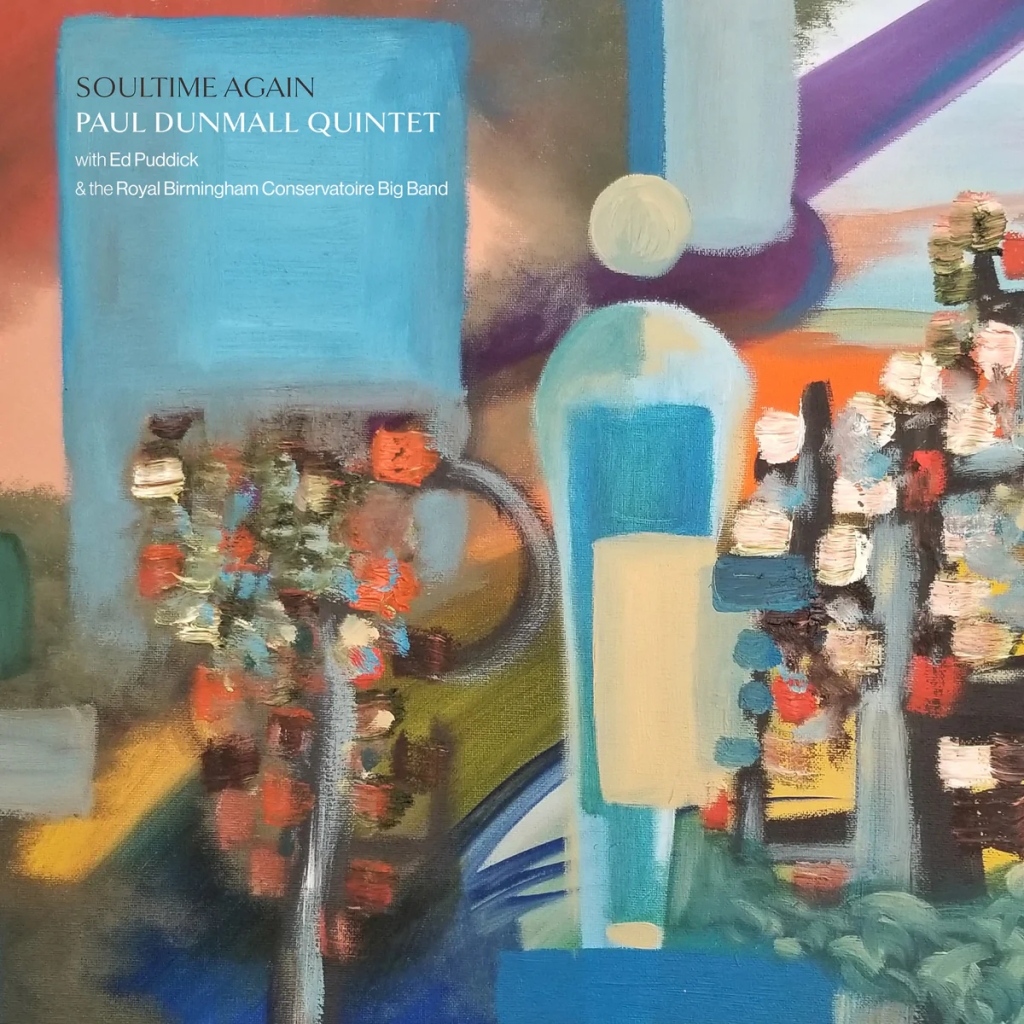
The approach taken by Forj and the Improvising String Quartet to last night’s amazing gig in the Hexagon Theatre at mac has got me thinking, particularly about the different ways bands and individuals approach free improvisation. For the first set the two quartets had worked out in advance an approach that involved the use of a number of composed themes which would form the basis of the improvisation. Certain themes were tackled by the string quartet, others were developed by the Forj group (two tenor saxophones, double bass and drums) while yet others involved all eight players. Each theme was developed with no time restriction, and the decision to move onto the next theme was taken spontaneously and in the moment. It was fascinating to watch the players as they anticipated the right moment to move on to the next theme.
The second shorter set involved totally free unplanned improvisation with each individual deciding when to come in and when to step back. Again, it was fascinating to see how the whole set evolved, how the members of the two groups made their decisions about entering or leaving the collective improvisation. It is also always fascinating to observe how the improvisations develop their own logic and coherence.

The approach of the first set to collective improvisation that involves a certain amount of structure is now an important part of free jazz and improvised music. Soultime Again (Stoney Lane Records) features the Paul Dunmall Quintet playing with the Royal Birmingham Conservatoire Big Band conducted by Ed Puddick, who had arranged a number of Dunmall’s compositions to be played at certain points during the free improvisation of the Dunmall Quintet. The key point here is that Puddick as conductor would bring in the band to play the arrangements at unspecified points which he would decide upon in the moment based on what was happening in the improvisations of the Dunmall Quintet. The Let Spin quartet follow a similar pattern of moving in and out their compositions at any given point decided on by the band members spontaeously. Likewise, at this year’s Cheltenham Festival Sam Eastmond, in conducting the four of John Zorn’s Bagatelles he has arranged (there are 300 of them and Eastmond has arranged most, if not all of them), allowed each improvisation to reach its natural end before cueing in the next theme.
At the Fizzle session at Centrala on Sunday 26th May the first set with Bruce Coates, Barry Edwards, Trevor Lines and Jim Bashford followed what might be thought of as the traditional approach to free improvisation; the set was totally improvised with excellent interaction betwen the four players. They listened intently to each other and reacted to what they were hearing. In second set, however, the Friends trio led by Alicia Gardener-Trejo and featuring Andy Woodhead on piano and John Pope on double bass adopted a different approach. The overall theme of the set was Horror Films of which all three members of the group are great enthusiasts. Alicia had devised a series of suggestions for the improvisation based on the narrative of an imaginary or real film; these were given to the trio and they were free to interpret them as they wished. It was a fascinating experiment that generated some very good music.
At the wonderful Bill Frisell Trio gig in the Bradshaw Hall at the Royal Birmingham Conservatoire there was no question of free improvisation, but the way the trio moved seamlessly from one tune to the next without a break, but based on the musicians familiarity with the material and with each other’s playing had a strong improvisatory feel to it.
The next TDE Promotions gig will probably see yet another approach. It features Mike Fletcher’s Silent Form project (see details here) which has Mike and Petter Fadnes Frost on saxophones, Olie Brice on bass and Dag Magnus Narvesen on drums. Mike Fletcher has been carrying out extensive into the music of free jazz pioneer Ornette Coleman, and has come up with a number of ideas which he wishes to put into practice at the June 13th gig. I don’t know yet what exactly they are, but we will find out on the 13th.


